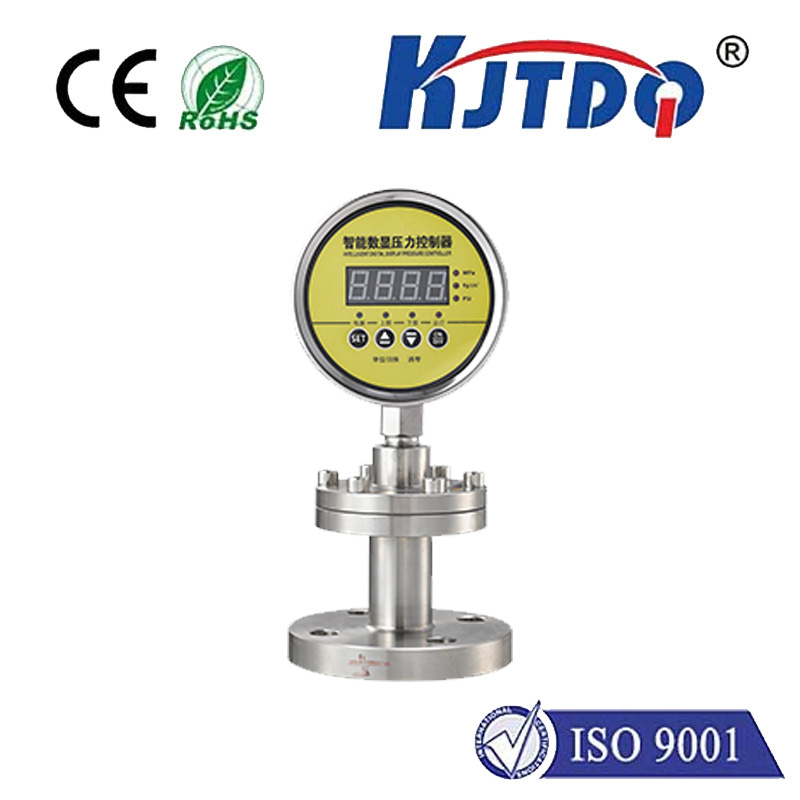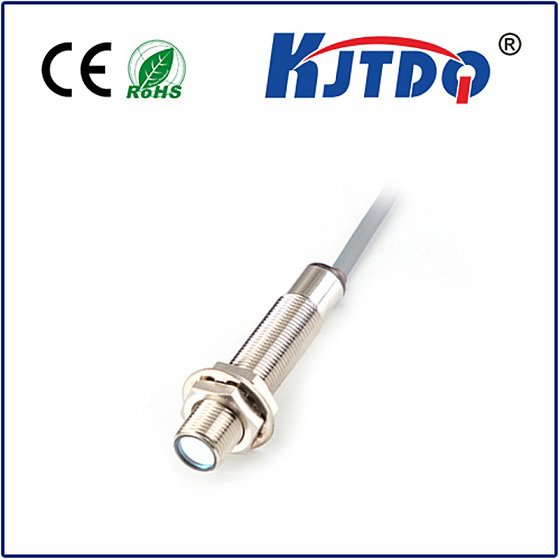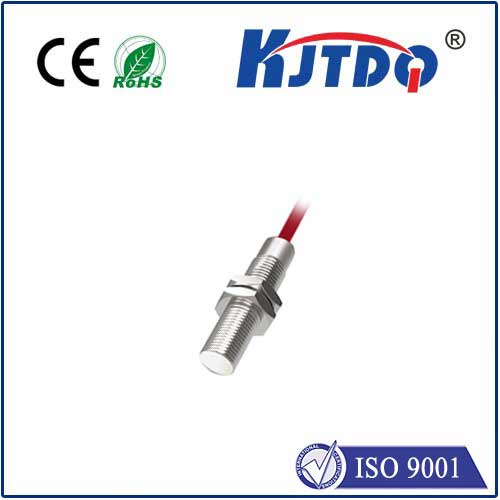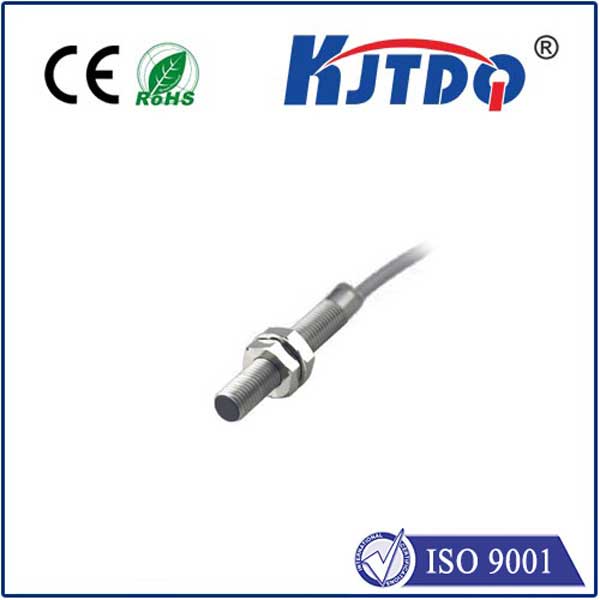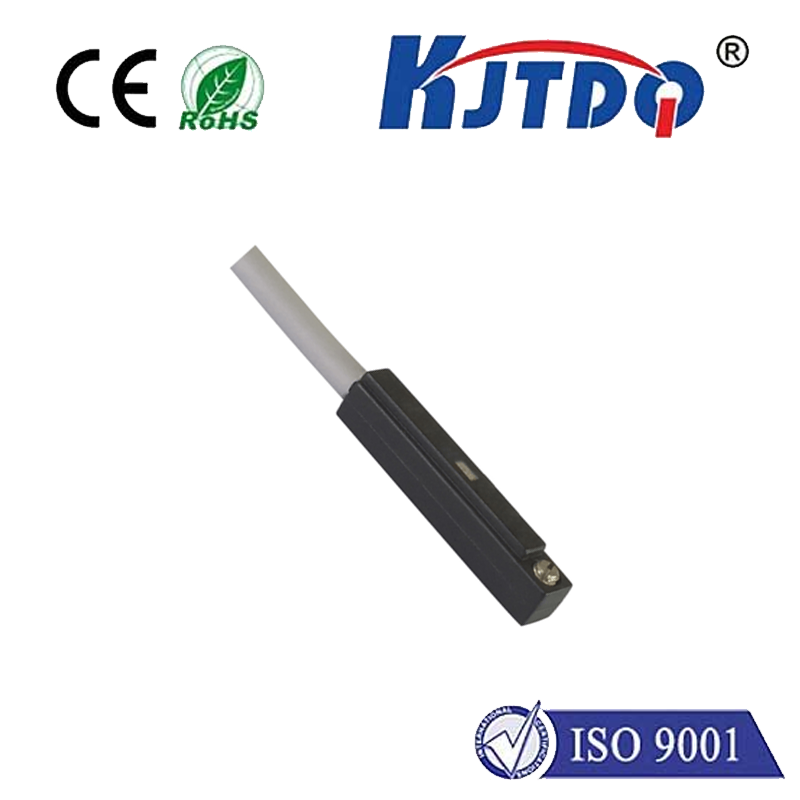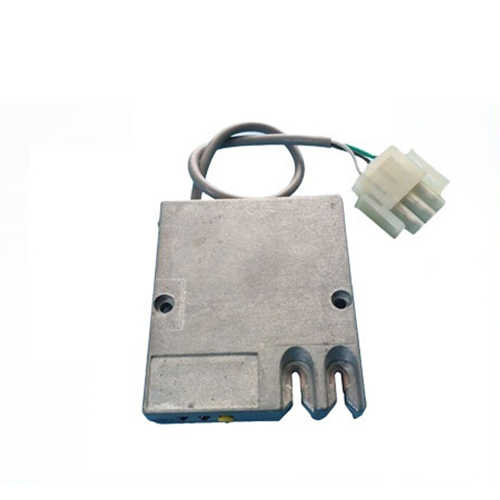BES0444 high pressure proximity sensor
- time:2025-09-29 19:37:19
- Click:0
BES0444: Your Reliable High Pressure Proximity Sensor Solution
Imagine working in an environment where high pressure is constant, machinery operates relentlessly, and the margin for error is razor-thin. In such settings – whether it’s hydraulic power units, heavy presses, injection molding, or demanding fluid processing plants – traditional sensors often falter. Detecting the presence or position of components reliably under extreme pressure conditions isn’t just convenient; it’s critical for operational safety, efficiency, and preventing costly downtime. This is where specialized components like the BES0444 High Pressure Proximity Sensor step into the spotlight, engineered specifically to deliver unwavering performance where standard sensors cannot.
Understanding the High Pressure Proximity Sensor Challenge
Standard inductive proximity sensors excel in countless industrial applications. However, subject them to environments with significantly elevated ambient pressure (think deep underwater applications, high-pressure hydraulic systems, or pressurized vessel monitoring), and their performance degrades. Seals can fail, housings can deform, and internal electronics can malfunction. This isn’t merely an inconvenience; it’s a potential safety hazard and a guaranteed source of production stoppages and maintenance headaches. The BES0444 addresses this specific niche, designed from the ground up to thrive under these punishing conditions.
The Core Strength of the BES0444
The defining characteristic of the BES0444 High Pressure Proximity Sensor is, unsurprisingly, its exceptional pressure resistance. Unlike generic sensors, its housing is constructed using robust, pressure-rated materials and features advanced sealing technologies. This isn’t just about keeping water out; it’s about ensuring the internal components remain uncompromised and functional when subjected to significant external hydrostatic pressure forces from surrounding fluids or gases. This Pressure Withstanding Performance is fundamental to its reliability in its intended applications.

How the BES0444 Delivers Reliable Detection
At its heart, the BES0444 operates on the proven inductive sensing principle. This non-contact sensing method is ideal for harsh industrial environments. Here’s a simplified breakdown:
- Generating the Field: The sensor head contains an oscillator circuit that generates a high-frequency electromagnetic field.
- Metal Target Interaction: When a conductive metal target (like a piston rod, valve stem, or machine component) enters this field, Eddy currents are induced on its surface.
- Field Dampening: These eddy currents draw energy from the sensor’s oscillating field, causing it to dampen or reduce in amplitude.
- Signal Processing: The sensor’s internal circuitry continuously monitors the amplitude of this oscillating field.
- Output Switching: Once the dampening effect reaches a predefined threshold (indicating the target is within the specified sensing range), the sensor’s solid-state output switch (typically PNP or NPN) changes state, sending a clear signal to the control system – target detected.
The brilliance of the BES0444 High Pressure Proximity Sensor lies in its ability to perform this intricate dance of electromagnetic detection flawlessly, even while its housing is resisting immense external pressures that would cripple lesser devices.
Where the BES0444 High Pressure Proximity Sensor Proves Invaluable
Its unique capabilities make the BES0444 indispensable in numerous demanding scenarios:
- Hydraulic Power Units & Cylinders: Monitoring piston end positions within high-pressure cylinders, ensuring precise control and preventing over-travel damage.
- Injection Molding Machines: Reliably detecting mold clamping positions and ejector movements under intense clamping pressures.
- Presses & Stamping Equipment: Positioning verification of dies, rams, or material feeds within high-tonnage presses.
- Subsea & Deep-Water Applications: Equipment monitoring and position feedback on remotely operated vehicles (ROVs), underwater actuators, or drilling equipment where immense hydrostatic pressure prevails.
- High-Pressure Processing (HPP) Equipment: Ensuring valve positions and component alignment within chambers subjected to extreme pressures for food or material treatment.
- Compressed Air & Gas Systems: Monitoring valve positions or component status in systems operating at very high pressures.
- Test Benches & Pressure Vessels: Providing non-contact position feedback during high-pressure testing procedures.
Beyond Pressure: Key Benefits & Features
While pressure resistance is paramount, the BES0444 High Pressure Proximity Sensor offers a comprehensive package for industrial reliability:
- Robust Construction: Engineered with ruggedized stainless steel or similarly durable housings to withstand impact, vibration, and harsh chemical environments common in heavy industry.
- Advanced Sealing: Utilizing high-grade seals (like Viton) and specialized sealing techniques (often welding or specific potting compounds) to achieve its impressive ingress protection (IP) ratings and pressure containment. This translates to Superior Environmental Sealing against moisture, dust, oils, and coolants.
- Temperature Stability: Designed to maintain stable performance across a wide operational temperature range, ensuring reliability in both hot and cold processes.
- Electrical Reliability: Featuring stable electronic designs with protection against common electrical disturbances like overvoltage, reverse polarity, and short circuits.
- Easy Integration: Typically available in standard tubular formats (e.g., M18, M30) and mounting styles (flush or non-flush), facilitating straightforward installation and replacement.
- Long Service Life: Built for endurance, minimizing the need for frequent replacements and reducing total cost of ownership (TCO).
Selecting and Implementing the BES0444 Effectively
Integrating any sensor successfully requires careful consideration:
- Confirm Pressure Rating: Absolutely verify the sensor’s specified pressure rating (e.g., rated for 100 bar, 250 bar, etc.) aligns with, or exceeds, the maximum ambient pressure encountered in your specific application point.
- Define the Target: Ensure the target material is ferrous metal (steel, iron) optimal for inductive sensors. Consider target size and shape relative to the sensor’s sensing distance specifications.
- Sensing Range: Choose the appropriate nominal sensing range (e.g., 2mm, 4mm, 5mm) based on installation constraints and required detection distance.
- Electrical Requirements: Match the sensor’s output type (PNP normally open/closed, NPN) and supply voltage (10-30V DC common) to your control system’s inputs.
- Connection & Cabling: Specify the required connection type (connector version M12, Pg cable gland, fixed cable) and cable length. Ensure cabling is routed away from high-power sources to prevent electromagnetic interference (EMI).
- Housing Material: Select the material (stainless steel like 316L, nickel-plated brass) best suited for the environmental conditions (corrosion, chemicals, temperature).
- Mounting: Ensure secure mounting using the correct hardware, taking into account vibration levels and potential mechanical impacts. Position the sensor face correctly relative to the target path.
The Assurance Factor: Minimizing Risk, Maximizing Uptime
Choosing a component like the BES0444 High Pressure Proximity Sensor isn’t just about fulfilling a technical specification; it’s an investment in operational resilience. Its core promise is Unwavering Performance Under Pressure, translating directly into significant benefits:
- Reduced Unplanned Downtime: Eliminate failures caused by pressure-induced sensor malfunction. Fewer breakdowns mean more consistent production output






